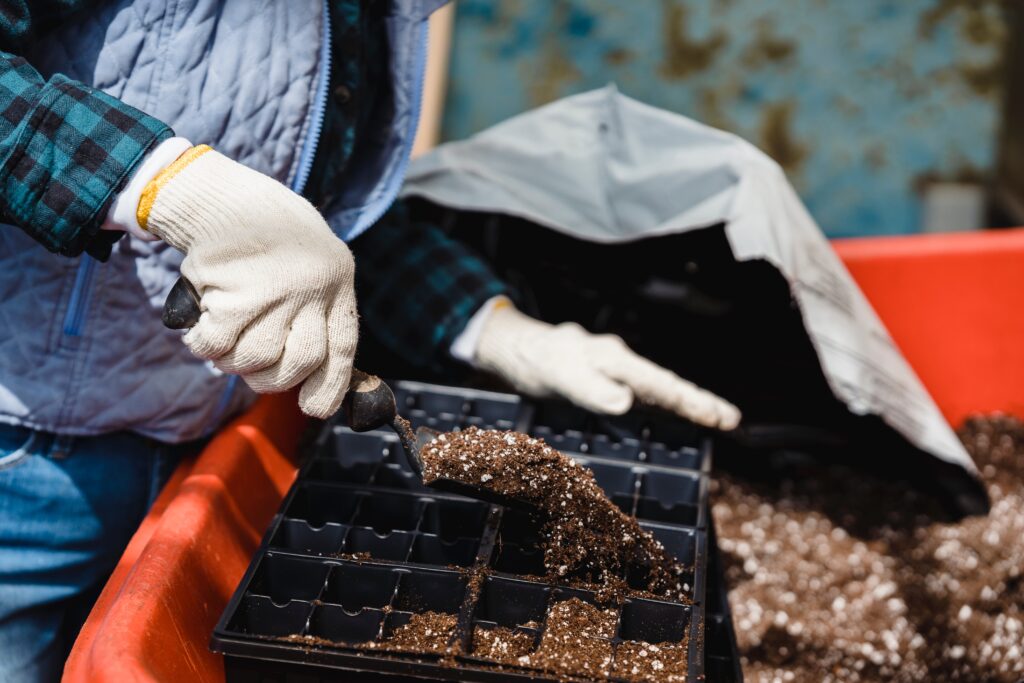Shape: A garden shovel typically has a curved blade with a pointed tip and a concave scoop. The blade is usually wider and more curved than that of a spade.
Function: Garden shovels are designed for digging and moving loose materials such as soil, compost, mulch, gravel, or sand. They are excellent for tasks like digging planting holes, removing or relocating soil, and scooping and spreading materials.
Digging: The curved shape of the shovel’s blade makes it well-suited for digging holes, as it can scoop out soil efficiently.
Handle: Shovels usually have a longer handle than spades, which allows for more leverage when digging or moving materials.
Versatility: Garden shovels are versatile tools that can handle a wide range of tasks, making them a fundamental tool in most gardeners’ toolsheds.


